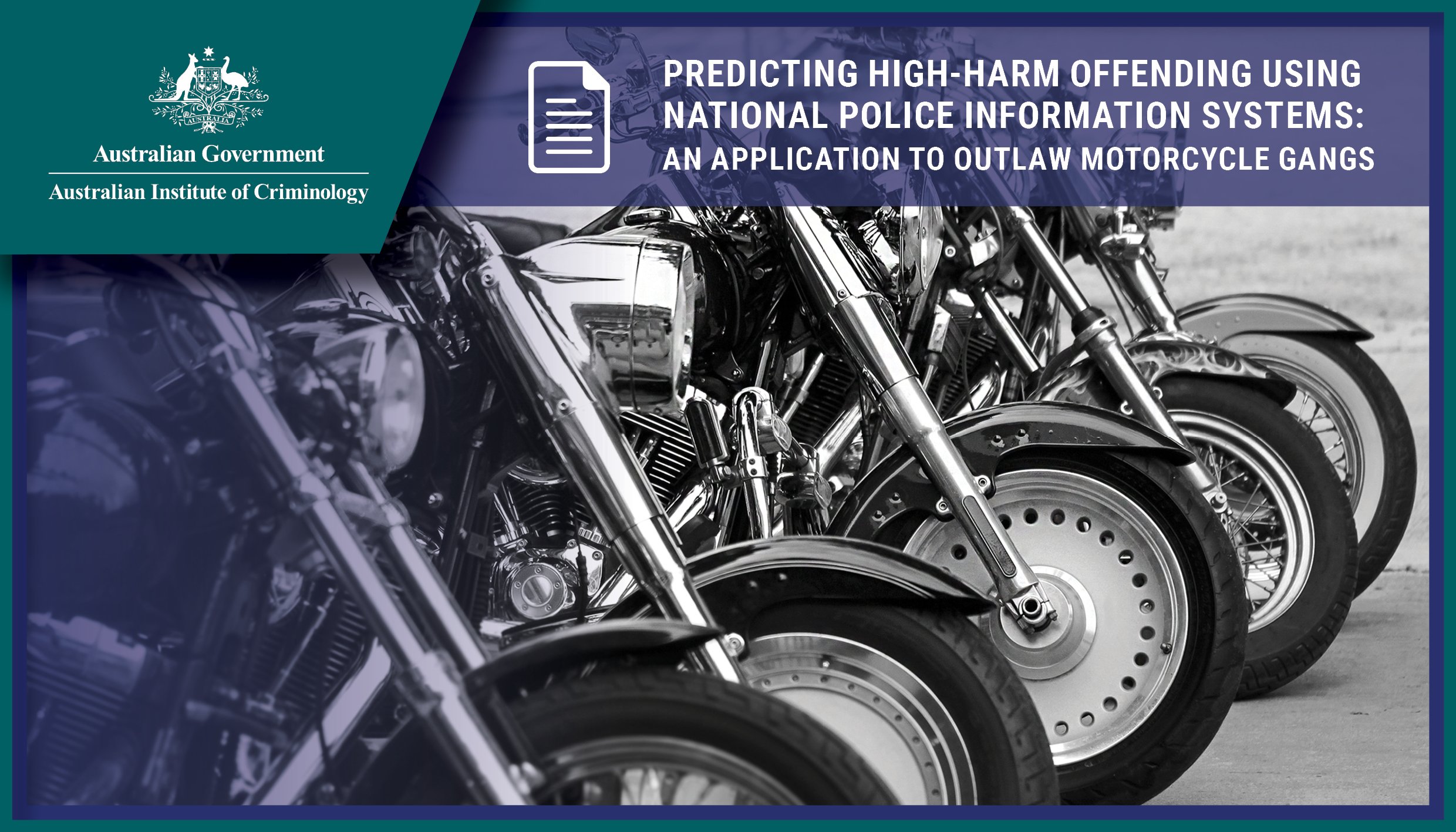By Christopher Dowling and Anthony Morgan
The criminal mobility of outlaw motorcycle gang (OMCG) members presents a significant challenge to Australian governments and police. Examining patterns of mobility can help to better understand the opportunity structures that underpin offending by OMCGs and to drive national collaborative responses to these gangs. This study examines the prevalence and patterns of criminal mobility in a sample of almost 4,000 OMCG members in more than 400 chapters. Around one in 10 members showed evidence of criminal mobility over the long term, while more than one-third of chapters comprised criminally mobile members. Criminally mobile gang members were heavily concentrated in a small number of chapters. Patterns of criminal mobility primarily involve movements into east coast jurisdictions. New South Wales and Queensland emerged as the most common destinations for criminally mobile OMCG members
Trends & issues in crime and criminal justice no. 619. Canberra: Australian Institute of Criminology. 2021. 16p





